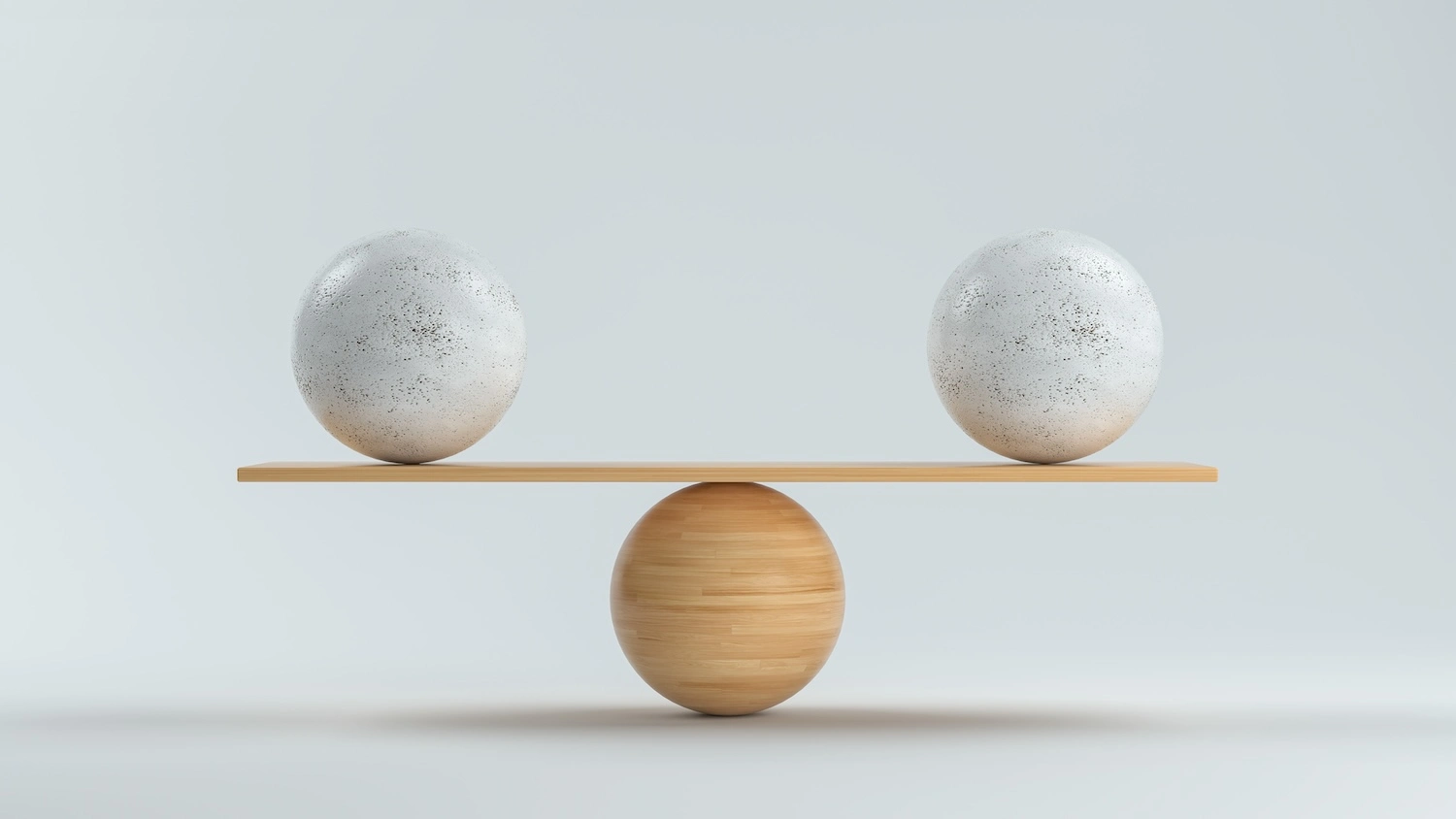
Balance is something that we take for granted until we don’t have it any more. It is the ability to distribute weight and move without falling. With balance we are able to sit, stand, and move about. Balance is part of our everyday lives, even when it comes down to something that seems simple like walking.
Balance training may seem silly because it appears that we don’t need it. Nothing could be further from the truth! Without balance training we are more prone to have injuries and as we age, it is more likely that our overall health declines. Balance training is important for everyone who wants to live and feel optimally for as long as possible!
THERE HAS BEEN A NEW AND EXCITING STUDY EMPHASIZING THE IMPORTANCE OF BALANCE. IN FACT, IT FOUND THAT WHETHER OR NOT A PERSON CAN BALANCE FOR 10 SECONDS ON ONE LEG IS INDICATIVE OF THEIR LIFE EXPECTANCY. THE STUDY FOUND THAT “AFTER ACCOUNTING FOR AGE, SEX, AND UNDERLYING HEALTH CONDITIONS, THE INABILITY TO STAND ONE-LEGGED FOR 10 SECONDS WAS ASSOCIATED WITH AN 84 PERCENT HEIGHTENED RISK OF ALL-CAUSE DEATH OVER A MEDIAN FOLLOW-UP PERIOD OF 7 YEARS” (ARAUJO ET AL., 2022).
We are able to balance because of our eyes, muscles, joints, and vestibular organs working together. Sensory receptors in your body bring external information from the environment inside to your brain and nervous system so that your body can respond appropriately.
Vision: Rods and cones in your eyes detect the orientation of everything around you. Your visual system works with your vestibular system by sending signals from the eye to the balance organs in the inner ear.
Muscles and Joints: Gives your body an awareness of where it is in space, what we call proprioception. When our body moves it puts stretch and pressure on our tissues which sends signals to the brain about the the body’s position relative to space.
Vestibular: This includes structures of the inner ear such as the semicircular canals. The vestibular sensory organs provide your brain with information about motion and the location of your head and body in relation to its surrounding.
Together these systems control our balance. It’s very crucial to train them because balance is easily lost when it isn’t used. When we are kids we run all over the place falling down, jumping around, going upside down and are really good at balancing. But as we get older we tend to do less and less play like this and if it goes on too long we can significantly decrease our balance abilities. This can then lead to falls, unstable joints, and poor coordination which can result in injuries and disability.
The basic starting point for everyone is discovering how hard it is to simply stand on one foot. I like to incorporate static single leg balance, tandem stances while performing other exercises, and variations in surface for exercises. Other ways to indirectly train balance are to use unilateral movements (movements using 1 leg or arm instead of two; such as lunges in any direction) and to build on to strength training by doing unilateral like single leg deadlifts.
Box Step Ups: 10x each leg:
Star lunge 4 x each side, even if its a small lunge with a small knee bend, it will help.
Golfer Pick Up with a PVC: 10x each side, ( You can use a broom or Swifter Mop as well)
Lastly, I believe putting bodies into a wide variety of positions is successful for improving balance and love to utilize handstands as a way to train balance.
Here’s a beginner’s taste to living life upside down with a Pike Handstand: hold for 3 seconds up to 1 minute
I believe we can all do some sort of balance training on our hands or feet! If you are curious how you can specifically improve your balance, reach out! Learn more about me here or call 951-319-7819 Ext 3511 and ask “How can I get better balance?”
Happy Moving Friends!